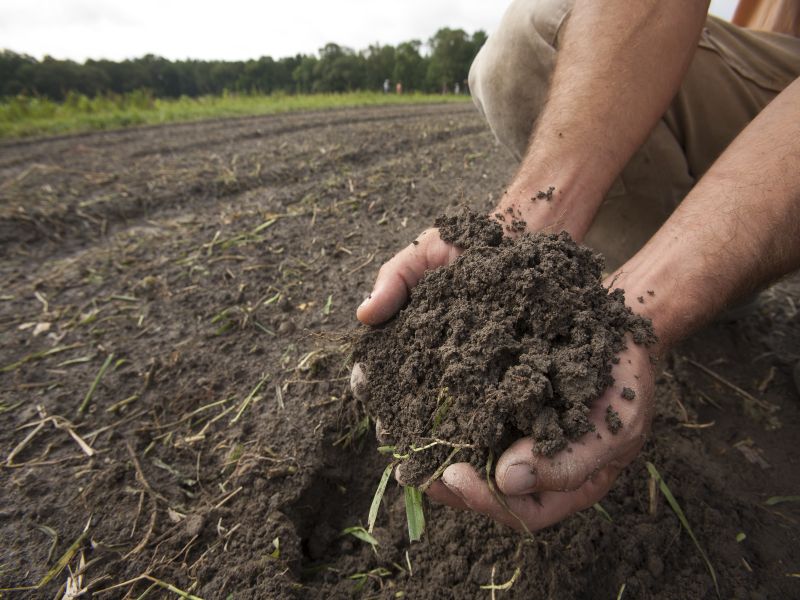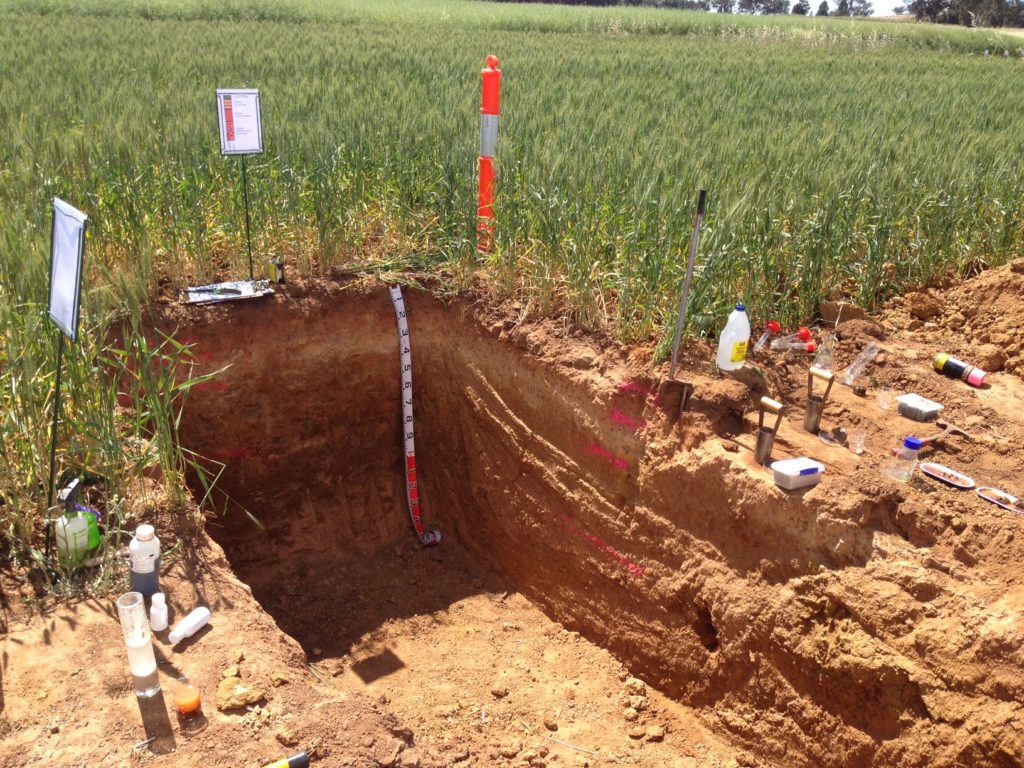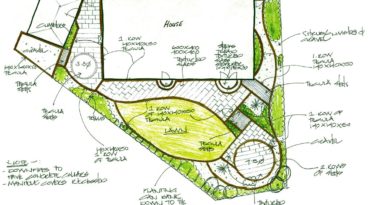SCIENTIFIC VASTU | SITE SOIL | An Architect Explains
According to Vastu Shastra, the Site soil decides the type of foundation for the building and therefore the cost. Some soils are good for holding a regular foundation while others may require specially designed (and more expensive) pile foundations.

Vastu Shastra lays down guidelines to aid you in the Selection of a Site with the ideal ‘Soil’. Since Vastu Shastra is a science, every guideline is based on logic and reasoning. As an Architect, I have attempted to explain each of these guidelines rationally and scientifically under the following headings, so that you have a choice and can decide what you want to follow or don’t instead of looking at Vastu as a superstition:
What is the ideal type of soil for a site according to Vastu Shastra?
Is there any way of checking the soil type in a site?
ACCORDING TO VASTU SHASTRA, WHAT IS THE IDEAL TYPE OF SOIL IN A SITE?
Cultivable land: While purchasing land, it is best to buy land that can be cultivated, i.e., where vegetation can grow. The Logic – There are different types of soil based on the colour– brick red, dark brown, white, red, yellow, black etc. Generally the soil which is good for cultivation like red, brick red, brown, yellow soil etc is also good for the foundation of a building. Whereas, black and clayey soil which is not good for cultivation is also not good for buildings as it retains water and can cause dampness to the foundation.

Avoid rocky soil: Land with too many rocks and thorny trees is not considered good. The Logic – This is because it may be an indication that there is rock below which will have to be blasted out before laying the foundation, resulting in unexpected expenditure.

Avoid land with lot of worms: The Logic – This may be an indication that the soil is very loose and will not support the foundation well.
Avoid a Site in which a grave has been found while excavating: The Logic – Psychologically, it can be very unsettling for the residents.
ACCORDING TO VASTU SHASTRA, IS THERE ANY WAY OF CHECKING THE SUITABILITY OF THE SOIL FOR CONSTRUCTION?
Refilling a pit with soil: Dig another 2’x2’x2′ hole and then fill it up again. If some soil is left over after filling, the land is good. If there is no soil left after filling up, it is average. If the hole is not fully filled, it is not good. The Logic – This is the test to determine the soil’s natural moisture, density and aeration. If the hole is not fully filled up, it means the soil is dense and clayey and hence will retain water which is not good for a building foundation.
Surprisingly, even today we adopt the same method for testing the soil at a Site. In fact, it is the first thing an Architect instructs the Client to get done, so that the kind of structure can be decided and the structural engineer can design the structure and foundation accordingly.

This post was about the importance of Site Soil in the Selection of a Site. Read about another important Vastu Shastra consideration when Selecting a Site, namely:
If you found this post useful, all it takes is a simple click on the “pin it” “like,” “share,” “tweet,” or Google+ buttons below the post.
Related Topics:
- Vastu Shastra | Explained By An Architect
- Vastu Shastra | Principles For A House
- Vastu Shastra | Factors That Impact A House
- Vastu Guidelines | Designing A House
- Vastu Guidelines | Interiors Of A House
- Vastu Guidelines | Exteriors Of A House
- Vastu Guidelines | Selecting The Right Site
- Vastu Guidelines | Construction Of A House
- Vastu Guidelines | Rituals For A House
- Vastu Guidelines | Non-Residential Buildings
- Remedies For Vastu Defects





Hi I am looking for a plot of 2 Acres. 1.2 Acre is table with little slope in north. South is little high.
Rest 9.8 Acres on east side is slope and hilly slope.
Please advise on the plot orientation.
Sanjay
Vastu tips gives the great grow in your business and lifeindian astrologer in new york
I want to purchase a plot east facing with black soil. Suggest whether can I get safe foundation without pillar or how much extra it costs in comparison with red soil
we are buying a lot rectangular shape facing NE partly. The site is little deeper at the back and backing to golf course, is it a good lot or not?
Hi Anita,
The orientation of the site is perfect. But having a golf course in the back may be troublesome since the balls can cause damage to persons and property. You may have to put up a really high net fence at the back. The site sloping backwards does not matter as you can level the site after construction is over.
admin
HI,
I HAVE TAKEN A PLOT FOR HOUSE CONSTRUCTION IN HYDERABAD, THE LAND COLOR IN THE VENTURE IS BLACK, CAN I DO CONSTRUCTION AS PER VASTU SHASTRA, THE LAND IS IN NORTH EAST FACING.
PLEASE SUGGEST.
THANKS A LOT
Hi Phani,
Black soil indicates clayey soil which means that you may need special foundation for your columns. It will cost more than the regular foundation but otherwise, it will not affect the building.
Admin